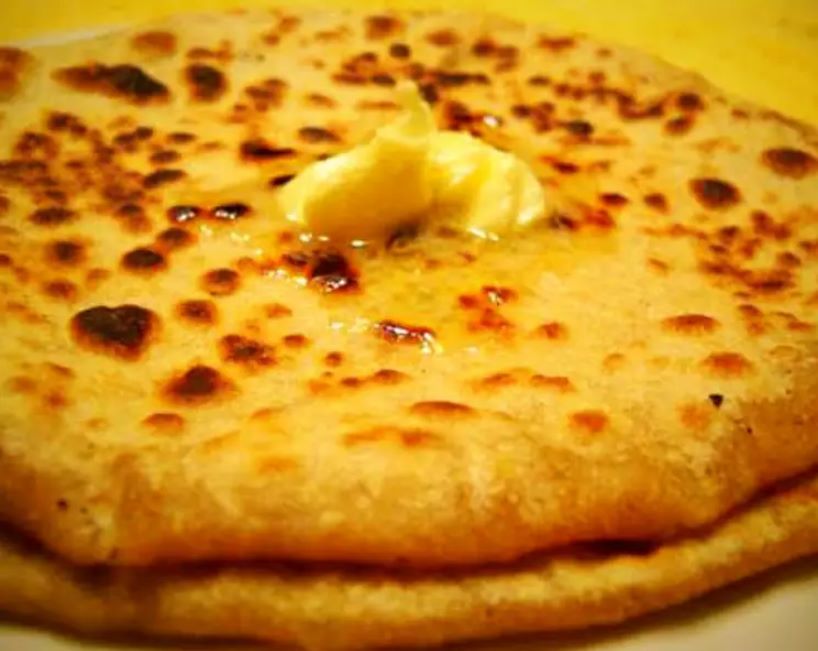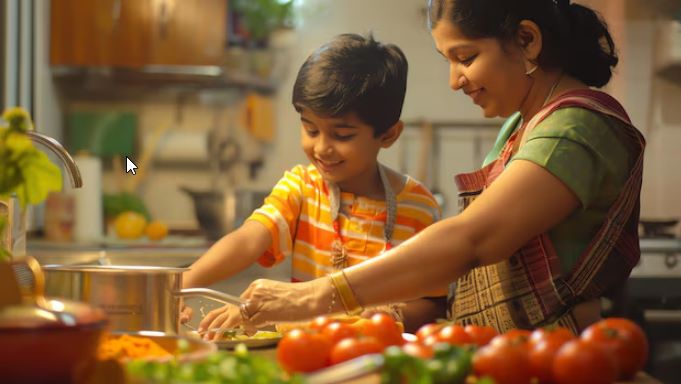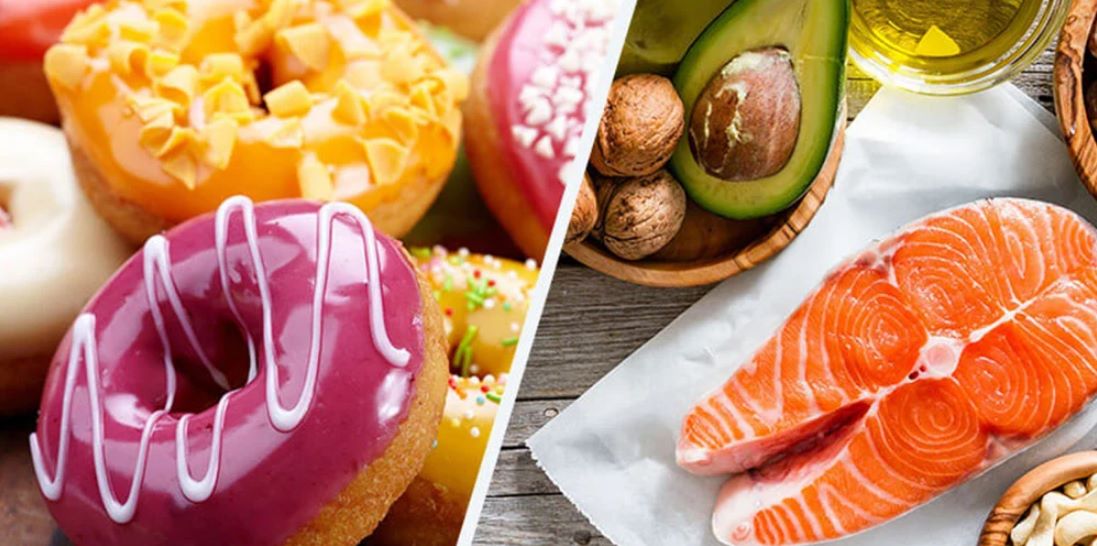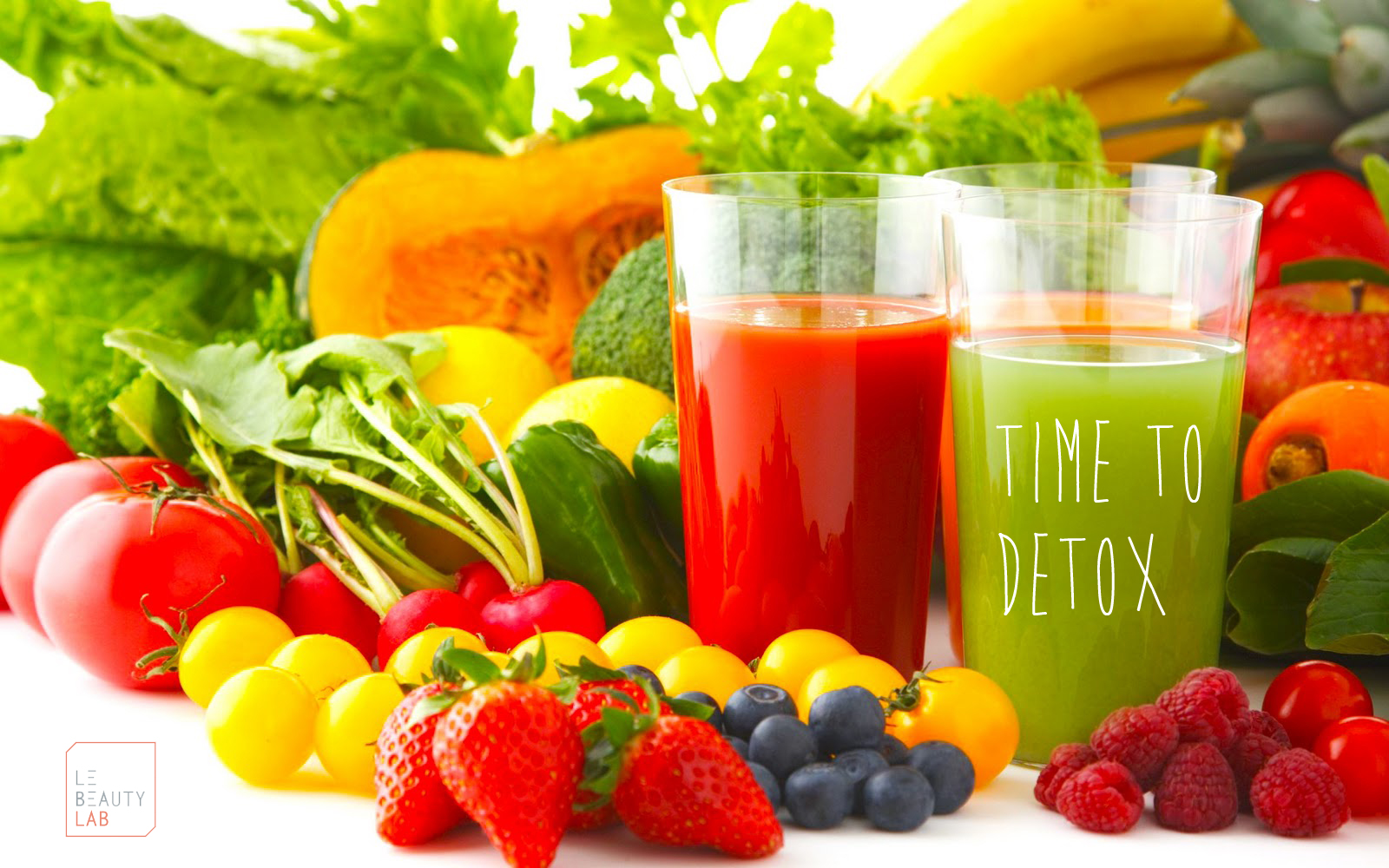As a mother, some of my fondest childhood memories revolve around food—the crispy golden edges of my grandmother’s aloo parathas dripping with butter, the sweet, fluffy stacks of pancakes on Sunday mornings, or the way my siblings and I would fight over the last piece of gulab jamun at family gatherings. Back then, food wasn’t protein, carbs, and fats—it was love, comfort, and joy.

But today, when I set the table for my kids, I notice something different. Instead of diving into meals with pure excitement, they pause—eyes scanning their plates like tiny nutritionists. “Mom, is this enough protein?” my 10-year-old asks, pushing the rice aside to get to the chicken. “I think I have had too many carbs today,” my 13-year-old murmurs, eyeing the roti with suspicion.
From Taste Buds to Tracking Macros
When did this shift happen? When did “Mmm, this tastes amazing!” turn into “What’s the protein content?”?
I get it—nutrition awareness is important. We have worked hard to teach our kids about healthy eating, balanced meals, and the importance of protein for growth. Schools promote nutrition education, fitness influencers dominate social media, and even kids’ sports coaches emphasize protein intake for performance.
But sometimes, I miss the days when food was just… food. When we didn’t overthink every bite, when indulgence wasn’t followed by guilt, and when a buttery paratha was simply a delicious treat—not a “carb-heavy meal that needs to be offset with extra protein later.”
The Good, the Bad, and the Picky Eater
There are definite perks to this new mindset:
✅ Healthier Choices – My kids now understand why a handful of nuts is better than a bag of chips.
✅ Balanced Meals – They naturally gravitate toward protein-rich foods, which keeps them full and energized.
✅ Early Nutrition Awareness – They’re building habits that might serve them well in adulthood.
But there are downsides too:
❌ Overthinking Simple Meals – The joy of eating is sometimes lost in analysis.
❌ Food Guilt – I’ve caught my daughter hesitating before taking a second serving of rice, worried about “too many carbs.”
❌ Less Spontaneity – Gone are the days when we’d bake cookies just for fun—now, every snack is scrutinized.
Finding Balance: Nutrition + Joy
As a mom, I want my kids to be healthy, but I also want them to enjoy food. So, I’ve been trying to strike a balance:
🍽 I Serve Balanced Meals Without Obsession – Yes, I make sure there’s protein, but I don’t make a big deal about it.
🍪 I Still Bake Treats (Without Apology) – Because sometimes, a warm chocolate chip cookie is good for the soul.
💬 I Talk About Food Positively – Instead of labeling foods as “good” or “bad,” we focus on nourishment and pleasure.
Bringing Back the Magic of Meals
Maybe the answer isn’t going back to the days of uninformed eating, but moving forward to a place where knowledge and joy coexist. Where my kids can appreciate the protein in their chicken and the crispy, buttery bite of a paratha—without guilt.
 Because at the end of the day, food isn’t just fuel. It’s memories, it’s culture, it’s love served on a plate. And that’s a lesson I still want my kids to carry with them—no macros attached.
Because at the end of the day, food isn’t just fuel. It’s memories, it’s culture, it’s love served on a plate. And that’s a lesson I still want my kids to carry with them—no macros attached.
Do your kids analyze their food this way too? How do you keep the joy in eating while teaching good nutrition? Share your thoughts below! 👇❤️






